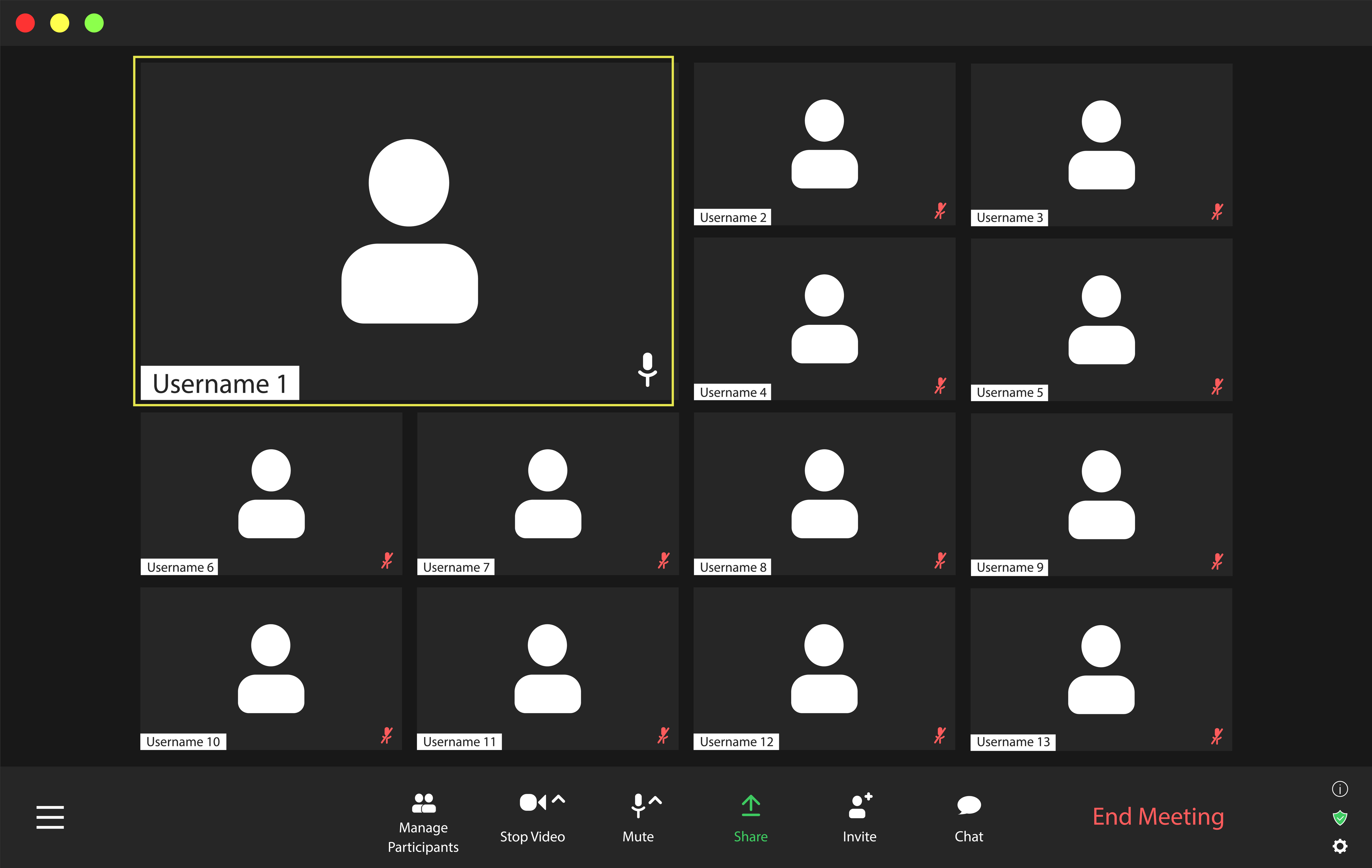“By integrating what we know about learning science (UDL) with the power of personalization (AI), we gain the power to design experiences and tools that support all learners from the beginning, rather spending time and money retrofitting solutions later.”
—CAST
In part one of this series, we established the groundwork for this follow-up that fulfills the commitment to apply AI to improve course design. As design occurs for on-ground, hybrid, HyFlex, or online course delivery, the instructional design triad—instructional designer, faculty member, and subject matter expert (SME)—is a cornerstone for effective course development. Leveraging supplemental tools and appropriate design models during the course construction process can further improve the final product, ensuring a student-centric learning experience.
Collaboration among the triad members is a pivotal performance improvement strategy, streamlining the evaluation of systemic changes and facilitating informed decision-making regarding the adoption of various instructional design models. One increasingly favorable design method that emphasizes inclusivity is Universal Design for Learning (UDL), a teaching approach focused on creating tailored learning experiences for all students, without regard for their needs and abilities as individuals (Ahead, n.d.). A fundamental question, however, is whether UDL, coupled with AI tools, is well-suited for course design in diverse delivery modes.
To address this question, we employed Lewin’s force field analysis—a tool that social psychologist Kurt Lewin developed in the 1940s to assist with “go” or “no go” decision-making (Hancock, n.d.)—and used it to examine the drivers and barriers associated with adopting UDL with AI. In addition, we examined collaborative practices within the triad that could ease the course creation process (Hancock). This exploration resulted in the learning collaboration improvement (LCI) model illustrated in Figure 1.

The LCI model is supported by the members of the triad, whose roles and functions contribute to maintaining the learning infrastructure. A solid platform of human capital, technology, quality, and process-improvement tools provides foundational resources for the instructional model for the faculty member, SME, and instructional designer to optimize learning design elements. These improvements are best made through UDL, which Bergstahler (2015) defines as the design of products and environments for use by all people to the greatest extent possible. As a foundational model for inclusive, customizable, and accessible learning design, UDL can apply to student learning in a variety of ways, allowing better understanding and retention of material across subjects, as well as encouraging instructor engagement.
But the integration of UDL and AI in course design involves balancing driving and restraining forces. Drivers, such as improved accessibility, enhanced collaboration, and alignment with institutional goals, highlight the potential benefits of UDL and AI (Hancock), especially for students with learning disadvantages. But these benefits must contend with restraining forces, including resistance to change, budget constraints, and ethical concerns. Driving and restraining forces for application of UDL and AI for instructional design are outlined in Figure 2. The integration of UDL principles and AI in instructional design is driven by forces that highlight the LCI model’s transformative potential for the benefit of instructors and students alike and outweigh the potential downsides.

On its own, UDL offers a flexible means of accommodating a broad spectrum of learner needs in a way that increases student satisfaction and achievement. The model provides students with multiple means of engagement (affective networks), representation (recognition networks), and action and expression (strategic networks) (CAST, 2024). For example, where multiple means of representation is concerned, instructors might convey information about a particular topic through videos or audio recordings as well as lectures and assigned readings. This supports a stratified approach to content differentiation that maps directly onto inclusive pedagogical practices.
AI can augment implementation of UDL in delivering data-based, student-focused solutions to optimize course planning and administration. When used by a sufficiently knowledgeable instructor or other industry professional, AI can perform such feats as crafting adaptive learning maps that align with learner pace, automating grading to reduce faculty members’ instructional burdens, and creating actionable analytics to support perpetual instruction improvement efforts (Hancock). Such functionalities contribute to not only operational efficiency but educational impact as well.
Additionally, AI can augment UDL’s flexibility, not only supporting personalized instruction but also allowing continuous refinement of course material based on learner feedback (Bruckner & Nunn, 2023). Thus, UDL and AI collectively form an active framework that promotes equity, strengthens a sense of belonging, and optimizes the overall quality and efficiency of instructional design.
The strategic interplay between UDL and AI offers a power-building model of inclusive education. With adaptive AI-augmented practice for the application of UDL, institutions have the capacity to design learner-centered learning environments that are inclusive as well as cost-efficient. Force-field analysis shows that the dynamic interaction between UDL and AI has the potential to transform instructional design while serving the institutional priorities of accessibility, inclusion, and quality where previously thought impossible. Students would be more able to succeed in an environment where this technology is more available.
Force-field analysis comfortably tips in favor of these applications primarily because of the combined UDL-AI model’s student-centric features. The LCI model applies UDL principles that include tailoring methods that support student personalization, engagement, and expression. This customization can be achieved efficaciously without burdening faculty members. In addition, further efficiencies are realized by easing or removing some menial tasks, allowing instruction to be the focus of faculty workload and enabling faculty to further meaningful student engagement. A positive outcome of this cultivation is faculty and resource collaboration that fosters a culture of continuous improvement in the best interest of students. The restraining forces are present but can be managed practically, with acknowledgment of potential barriers such as organizational and personal resistance to change. Strategic initiatives to mitigate against restraining forces could include intentional and targeted professional faculty development, or training surrounding this technology and language in strategic plan outcomes that stress the intersection of inclusion, efficiency, and quality. The change model can be linked to an institution’s mission and desire to make prudent use of the resources entrusted to college or university leaders for accountability and demonstrated return on investment.
By acknowledging driving and resisting forces, instructors can create and supply rigorous ways to examine the viability of innovations in education. Notably, AI can combine to help structure UDL initiatives aimed at addressing neurodivergence initiatives for institutionally diverse learning student needs. These dynamics not only facilitate triad communication and ensure consistent instructional efforts but reinforce institutional objectives as well. The contrasting potential restraining forces, including violation of informational privacy, faculty resistance to technology adoption, and initial investment in infrastructure for AI, are negligible in the face of potential benefits. Comparative analysis points toward the fact that the benefits of integrating AI with UDL exceed the challenges of doing so and would therefore form a sound direction toward inclusive, data-informed teaching practices.
To adapt learning content in so many ways, CAST (2024) identifies nine categories with various techniques in each that create a practical challenge for instructors. Two selected categories illustrate these reflective tools. First, how will faculty know which means of instruction their students need? Second, where will they find the time to express the same information in so many ways?
To answer the first question, instructors can use machine learning to analyze student data (not only exam results but also preferences and interests) to compile learner profiles for students. A learner profile might report that a student excels at verbal communication but lags in math, learns better from verbal instructions than from written instructions, and enjoys talking about soccer. For this profile, an AI platform could be prompted to compose a math lesson that uses examples involving soccer and generate synthetic speech to provide verbal demonstrations to the student.
And in response to the second question, machine learning can simplify the tasks required to implement UDL. ChatGPT, for example, can generate varied assignment options that fulfill the same learning objective (providing multiple means of engagement). Other AI programs can generate transcripts for videos, convert text to human-like speech (providing additional means of representation), or change the subject of a word problem to align with students’ interests.
But, as the expression goes, just because you can doesn’t mean you should. One problem with implementing UDL is the belief that students should develop competencies in all areas, not just in those they prefer or in those areas for which they already show aptitude. What is the point of education if not to strengthen the brain’s affective recognition and strategic networks? This argument is the central premise of competency-based education, which focuses on developing students’ competencies across various domains. If an AI can tailor content to a students’ needs, students may not understand why they should improve in areas that don’t interest them.
Integrating UDL and AI into instructional design offers a path toward more inclusive, efficient, and innovative educational experiences. To overcome restraining forces, institutions should consider doing the following:
While challenges such as resistance to change, budget constraints, and ethical concerns exist, the advantages—such as improved accessibility, enhanced collaboration, and alignment with institutional goals—far outweigh the disadvantages. By systematically addressing restraining forces through adaptive strategic initiatives that embrace UDL and AI, institutions can better support both learners and educators.
Ahead (n.d.). The UDL Framework Explained. https://www.ahead.ie/udl-framework
Bergstahler, S. (2015). Universal Design in Higher Education: From Principles to Practice (2nd ed.). Harvard Education Press.
Bruckner, S., & Nunn, N. (2023, 27 April). Universal design for learning: Meeting the needs of diverse learners. Education Development Center. https://www.edc.org/blog/universal-design-learning-meeting-needs-diverse-learners
CAST. (2024). Universal Design for Learning Guidelines Version 3.0. https://udlguidelines.cast.org
Hancock, J. H. (n.d.). Force field analysis. Mindtools. https://www.mindtools.com/a23ewmr/force-field-analysis

To what extent does having web accessible course content promote academic performance among undergraduate distance education students?
Read more
By supporting belongingness, attachment with peers, and connectedness in online learning spaces, course designers can shift instruction from impersonal to transformational.
Read more